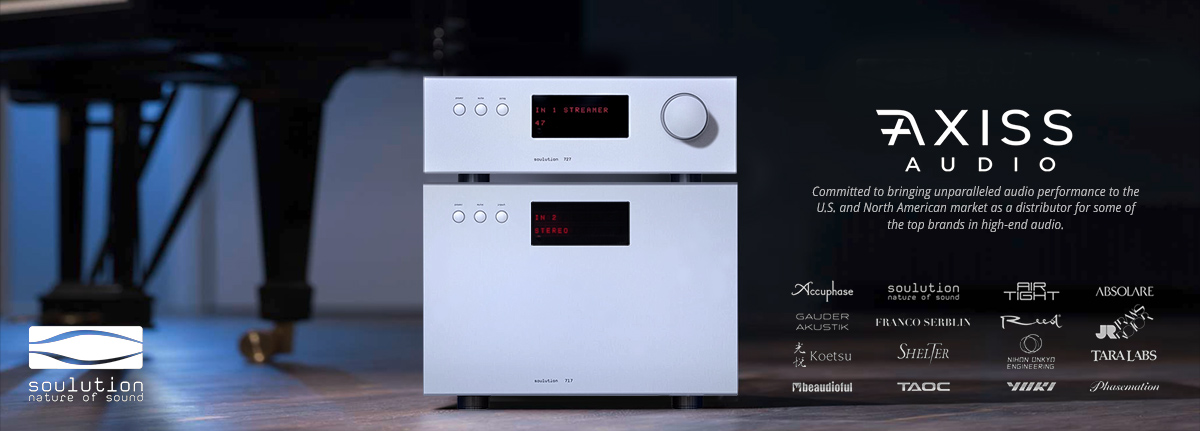So it's not the size of the wiggle that counts ey?
No not class D, all transistors switch, at least that's how I understand it. As far as the sensitivity studies go, the cone like "composite" construction of the inner ear (as opposed to Tim's outer ear hair

) hair cells suggest that while the frequency might not register in the brain sound pressure does. In other words we are much more sensitive to minute changes in volume than previously thought. If this is the case, then MY guess is, the cumulative effect of these zero crossings could be the root of the SS "grainy character" cliche. Come to think of it, SS designers have actually been trying smooth the transition since the beginning. Companies like Spectral, Soulution and Lamm have attacked it by switching faster, companies like Pass Labs by going into fewer output devices with heavy class A bias. ML is dealing with it by interleaving. In the past it was done mainly with an intelligent bias system. Edge has it's own proprietary biasing scheme. Think about it for a minute. The dig against SS is that it does not have the "flow" of tubes. This is something I agree with even if I am using SS output stage amps that are already fast switching AND are biased fully in Class A. The study stated in passing that 24 or 30 frames per second might be enough to fool the eyes but the ear evolved to detect over 20,000 frames per second so they, in some instances, could be harder to fool. Interesting stuff. Where the heck is that study? I will try and find it again.
If we look at things from the zero crossing point perspective the same problem appears to be the very same as a digital vs analog debate or Hi-Rez vs Redbook debate even. Orb already mentioned the time domain, I think he's right.
















